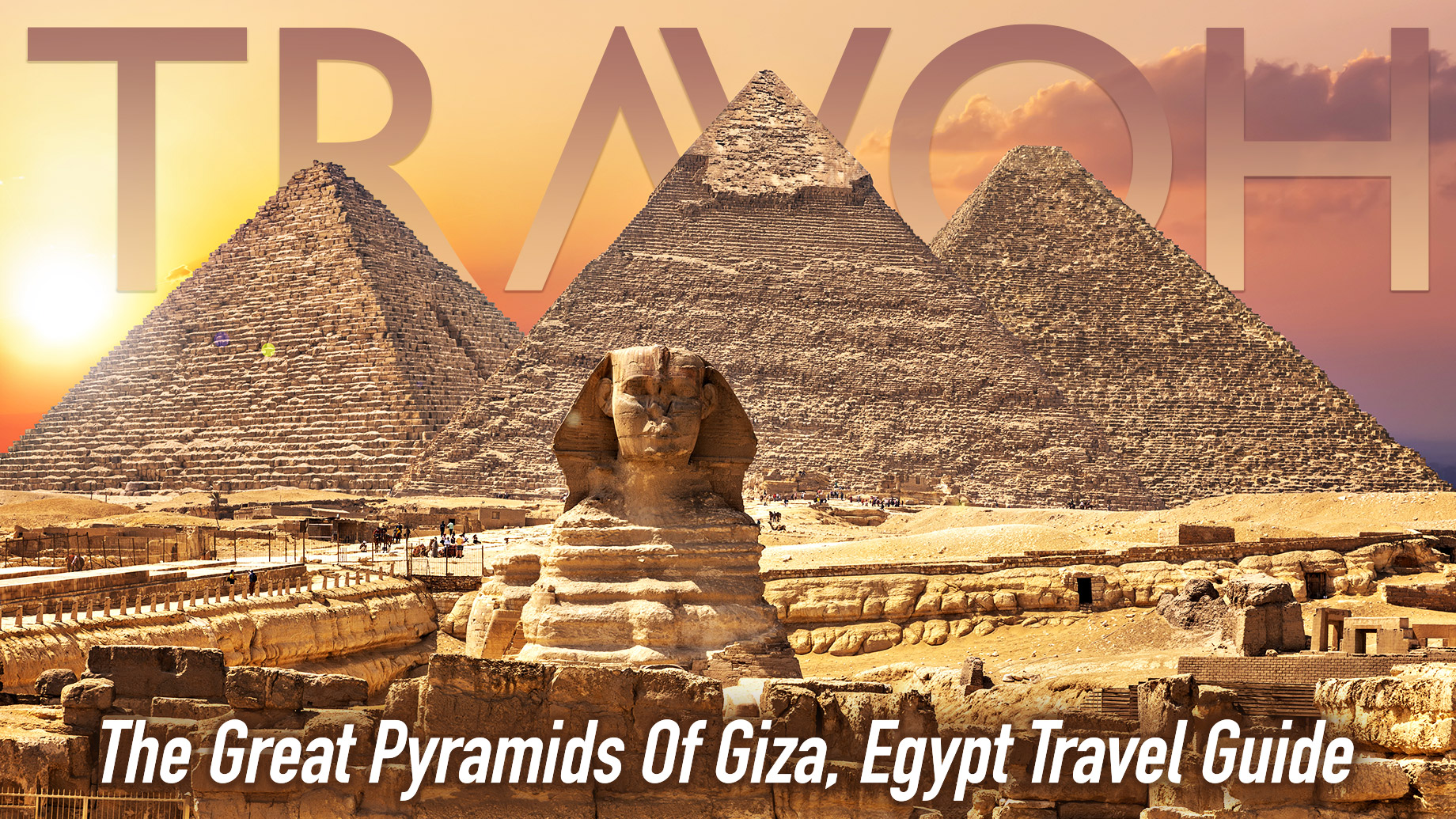
The Great Pyramids of Giza have captivated the hearts and minds of travelers, historians, and archaeologists for centuries. The pyramids are an impressive feat of engineering, with each pyramid made up of thousands of enormous stone blocks. This ultimate travel guide will provide you with an in-depth look at the history and significance of these iconic structures, while also offering practical tips to help you make the most of your visit to this awe-inspiring ancient wonder.
History of the Great Pyramids of Giza
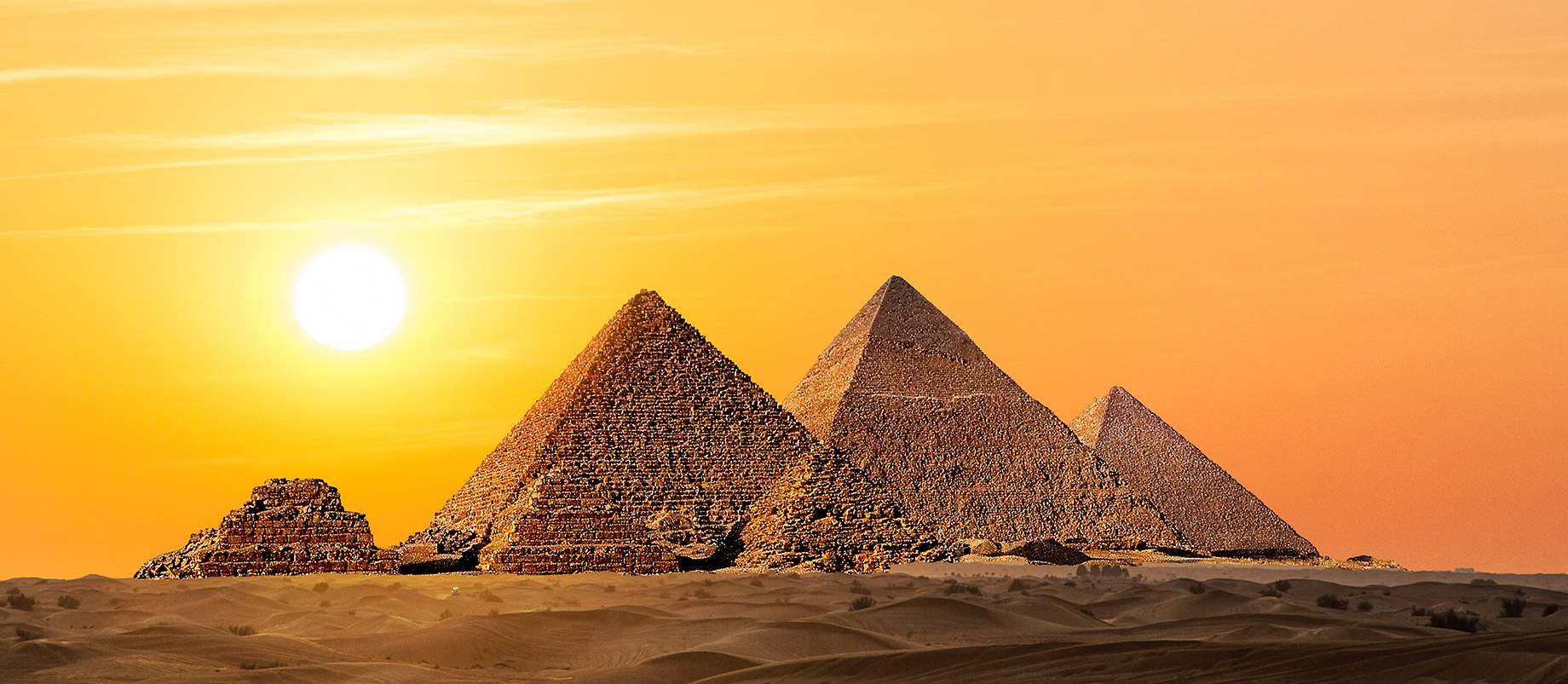
The Pyramids of Giza, situated on the outskirts of Cairo, Egypt, are among the most iconic and historically significant landmarks in the world. These awe-inspiring structures, built more than 4,500 years ago, have been captivating people’s imaginations for centuries, drawing in travellers, archaeologists, and historians alike.
Origins and Purpose
The Pyramids of Giza were constructed during the Fourth Dynasty of the Old Kingdom of Egypt, around 2580-2560 BCE. They served as the royal tombs for three pharaohs: Khufu, Khafre, and Menkaure. The primary purpose of these pyramids was to ensure the safe passage of the pharaohs’ souls to the afterlife and demonstrate their divine status on Earth.
The Great Pyramid of Giza
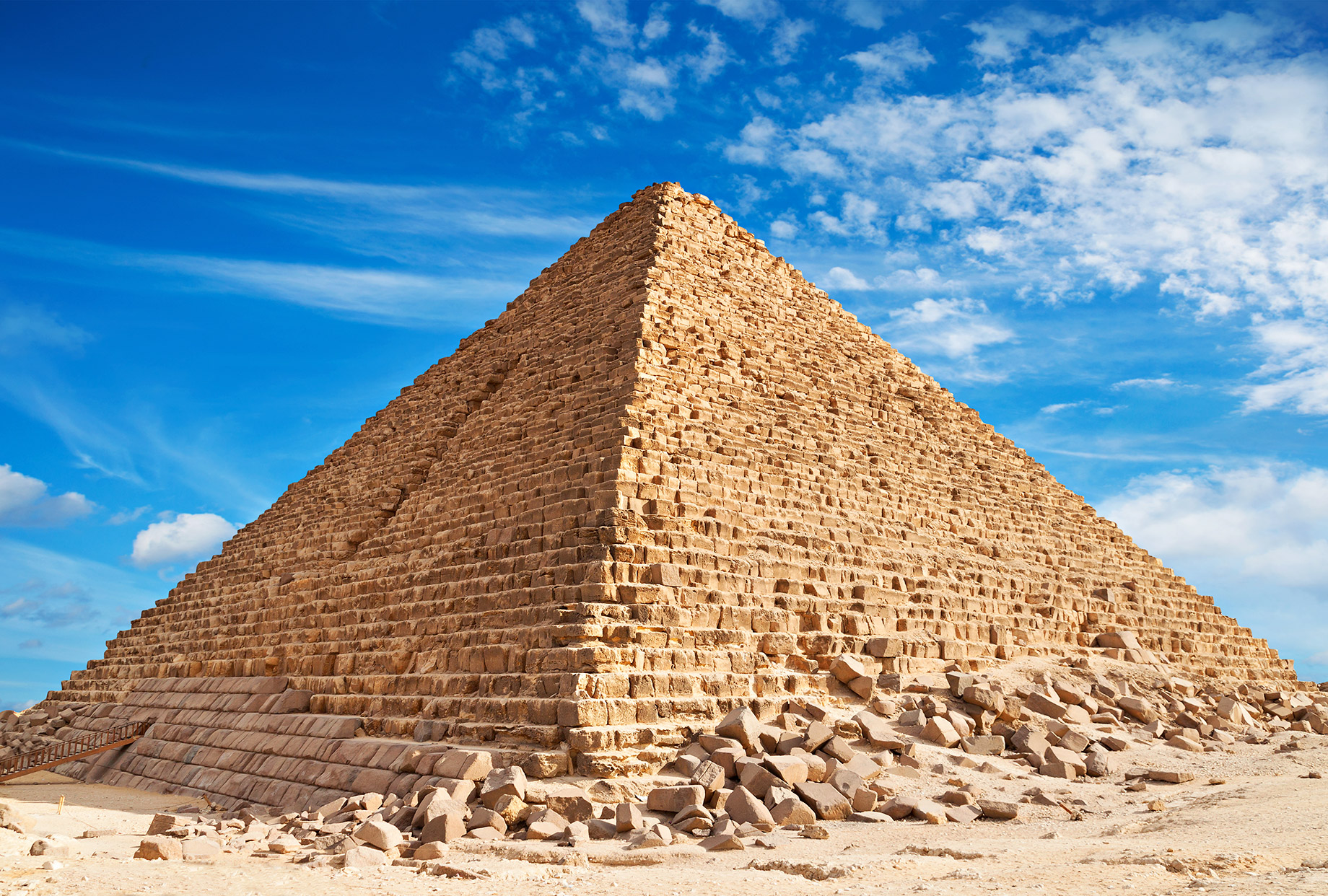
The Great Pyramid of Giza, also known as the Pyramid of Khufu or the Pyramid of Cheops, is the largest and oldest of the three pyramids. It was originally 146.6 metres (481 feet) tall, but due to erosion and the removal of its outer casing stones, it now stands at 138.8 metres (455 feet). The Great Pyramid was constructed using over 2.3 million limestone and granite blocks, with some weighing as much as 80 tonnes. It is estimated that the construction of this colossal monument took approximately 20 years and required a workforce of thousands of skilled labourers and slaves.
The Pyramids of Khafre and Menkaure
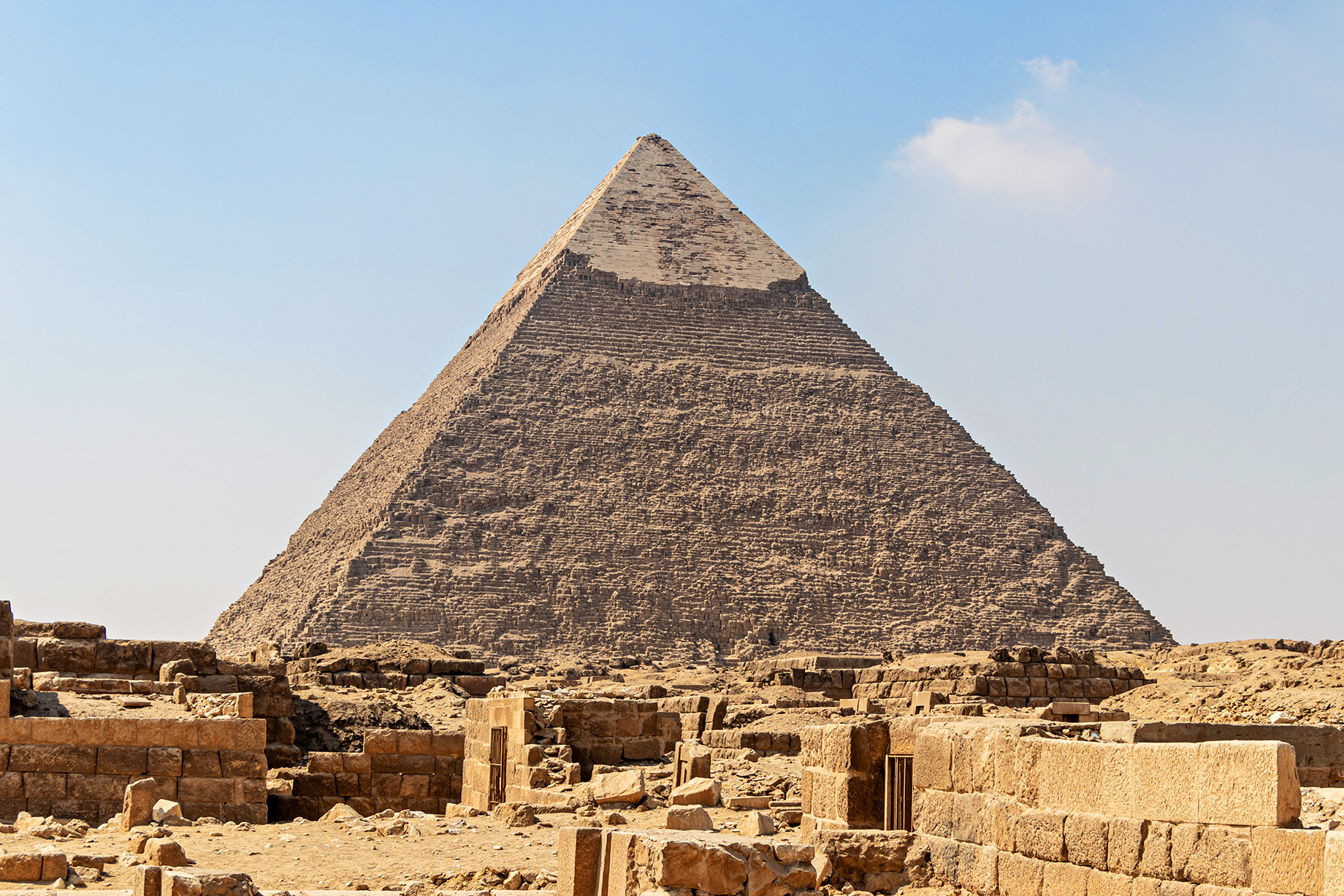
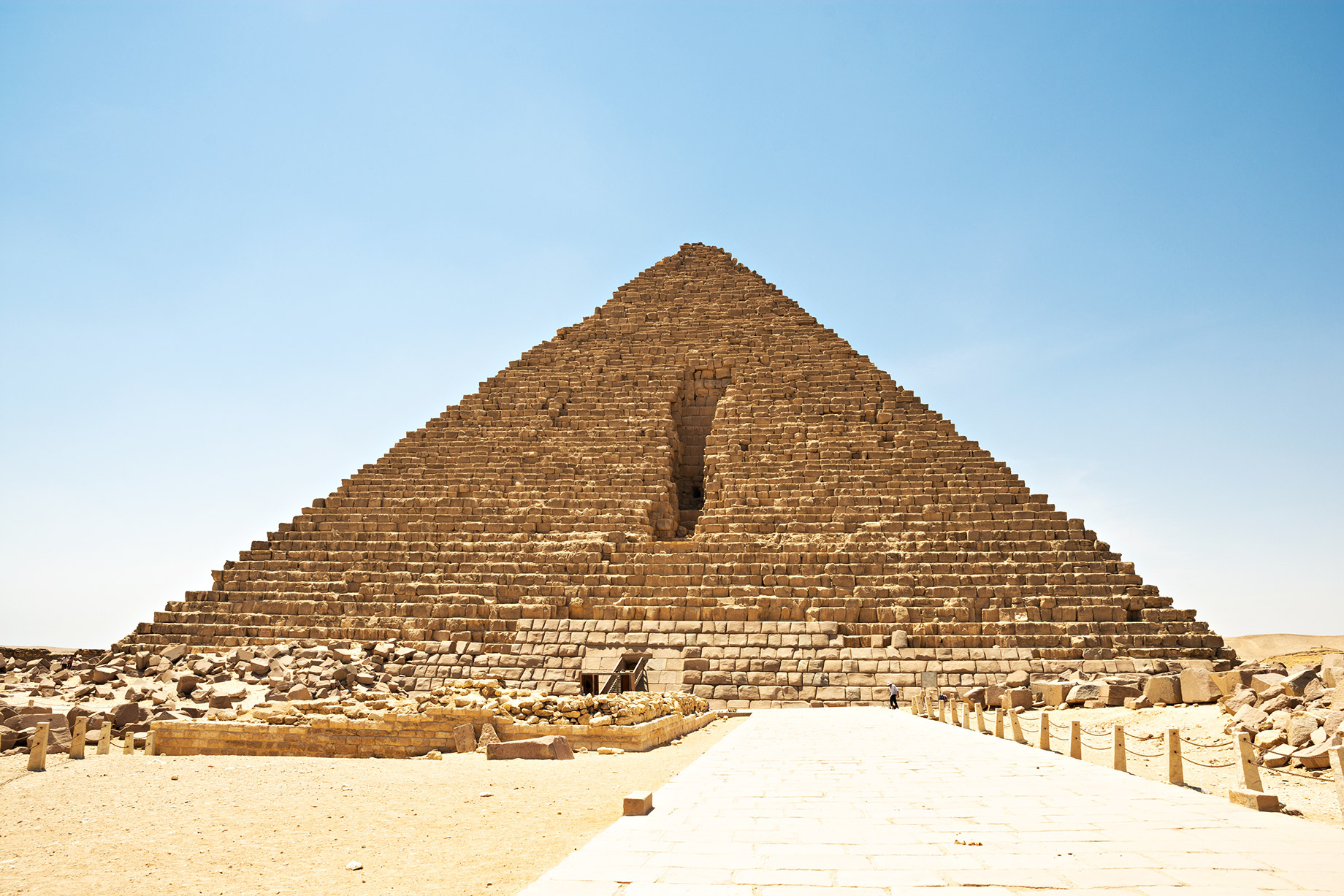
The Pyramid of Khafre, also known as the Pyramid of Chephren, is the second-largest pyramid in Giza. It was built for Pharaoh Khafre, the son of Khufu, and appears taller than the Great Pyramid due to its position on higher ground. The Pyramid of Menkaure, the smallest of the three, was built for Pharaoh Menkaure, and it features a unique lower layer of granite casing stones.
Construction Techniques and Innovations
The construction of the Pyramids of Giza showcased remarkable engineering techniques and innovations for the time. The precise alignment of the pyramids with the cardinal points and the use of a sophisticated system of ramps, levers, and counterweights to transport and lift the enormous stone blocks are testaments to the ancient Egyptians’ advanced knowledge and capabilities.
Over the centuries, the Pyramids of Giza have been the subject of numerous theories and speculations, ranging from their purpose as astronomical observatories to being built by extraterrestrial beings. While many mysteries still surround these magnificent structures, there is no denying their enduring allure and the profound sense of awe that they inspire in those who visit them.
Visiting Ancient Egyptian Legacy of Human Achievement
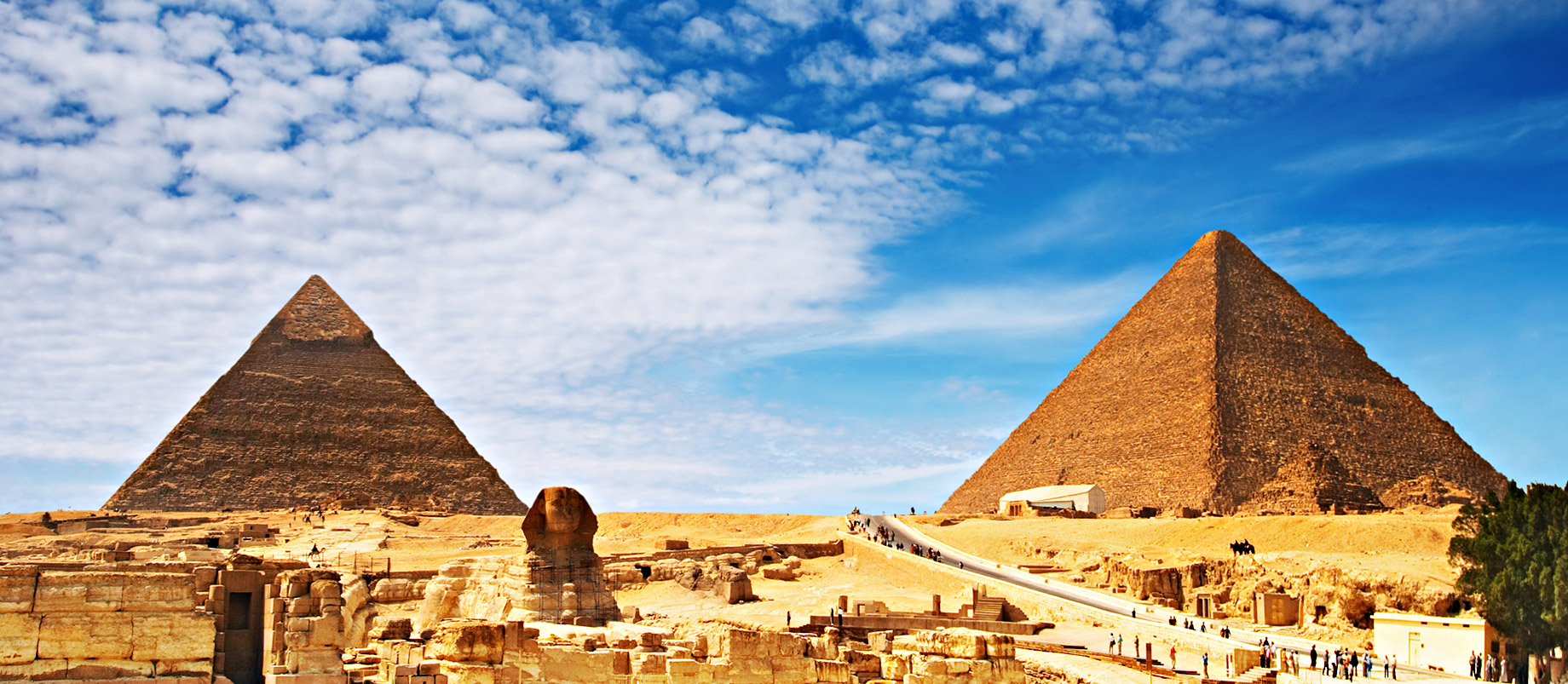
Visiting the Great Pyramids of Giza offers a once-in-a-lifetime experience that is sure to leave an indelible mark on your memory. The awe-inspiring scale, the rich history, and the breathtaking views of the surrounding landscape make it an essential destination for travelers seeking both adventure and cultural enrichment.
Planning Your Visit: Purchasing Tickets
To make the most of your trip to the Pyramids of Giza, it’s essential to plan ahead and purchase tickets in advance. Buying tickets beforehand allows you to skip long lines and secure a spot on the day you wish to visit. Various ticket options are available for visiting the Pyramids of Giza. The most basic ticket grants you access to the site but not the pyramids themselves. If you wish to explore the inside of the pyramids, you will need to purchase a separate ticket. Familiarize yourself with the various available ticket options, activities, and guided tours. By doing so, you will ensure a smoother and more enjoyable experience and gain a deeper understanding and appreciation of the significance and fascinating stories behind these ancient wonders.
Additionally, tickets for visiting the Great Sphinx, located near the pyramids, are also available. The Great Sphinx is a mythical creature with the body of a lion and the head of a human, believed to represent Pharaoh Khafre. This enigmatic monument, measuring 73 metres (240 feet) long and 20 metres (66 feet) high, guards the Giza Plateau and adds to the allure of the pyramids.
Getting There: Transportation Options
The Great Pyramids of Giza are located in the Giza Plateau, approximately 13 kilometres (8 miles) southwest of Cairo, the capital of Egypt. You can easily access the site through various means:
- Taxi: A taxi ride from downtown Cairo to the Pyramids takes around 30-45 minutes, depending on traffic.
- Bus: Take bus number 355 or 357 from the Abdel Menem Riyad bus station in Cairo, which will drop you at the entrance of the Giza Plateau.
- Organized Tours: Many tour operators in Cairo offer half-day or full-day tours to the Pyramids, often including transportation, entrance fees, and a guide.
Tips for a Memorable Visit
- Dress appropriately: The Giza Plateau can be very hot during the day, so wear light, breathable clothing, a hat, and sunscreen. Comfortable shoes are essential for walking on the uneven terrain.
- Stay hydrated: Bring enough water to last your visit, as there may be limited options to purchase drinks on-site.
- Hire a guide: Knowledgeable, licensed guides are available at the entrance to the site. They can enrich your visit with historical context and fascinating facts about the pyramids.
- Beware of scams and touts: Be cautious of unsolicited offers for camel rides, souvenirs, or assistance. Always agree on a price beforehand and be prepared to firmly decline any unwanted services.
- Capture the moment: Don’t forget to take plenty of photos to remember your visit to this awe-inspiring site. The best time for photography is early morning or late afternoon when the sun casts a golden hue on the pyramids.
- Plan your visit early or late in the day: To avoid the intense heat and crowds, consider visiting the pyramids early in the morning or late in the afternoon. These times also offer the best lighting for photography.
- Be patient and respectful: The Great Pyramids of Giza are a popular tourist destination, so you may encounter crowds and long lines, especially during peak travel seasons. Exercise patience and treat fellow visitors, locals, and site staff with respect.
- Allocate sufficient time: The Giza Plateau is vast and there is much to see and explore. Allocate at least half a day to fully experience the site and avoid feeling rushed.
- Consider a camel or horse ride: If you’re interested in experiencing the site from a different perspective, consider taking a camel or horse ride around the pyramids. Ensure that you negotiate a fair price beforehand and ensure the animals are well-treated.
- Visit the nearby Mastaba tombs: These ancient tombs, located near the pyramids, are dedicated to high-ranking officials and nobles from the Old Kingdom. The tombs feature well-preserved carvings and paintings, offering additional insight into ancient Egyptian culture and funerary practices.
Guided Tours for Deeper Insights
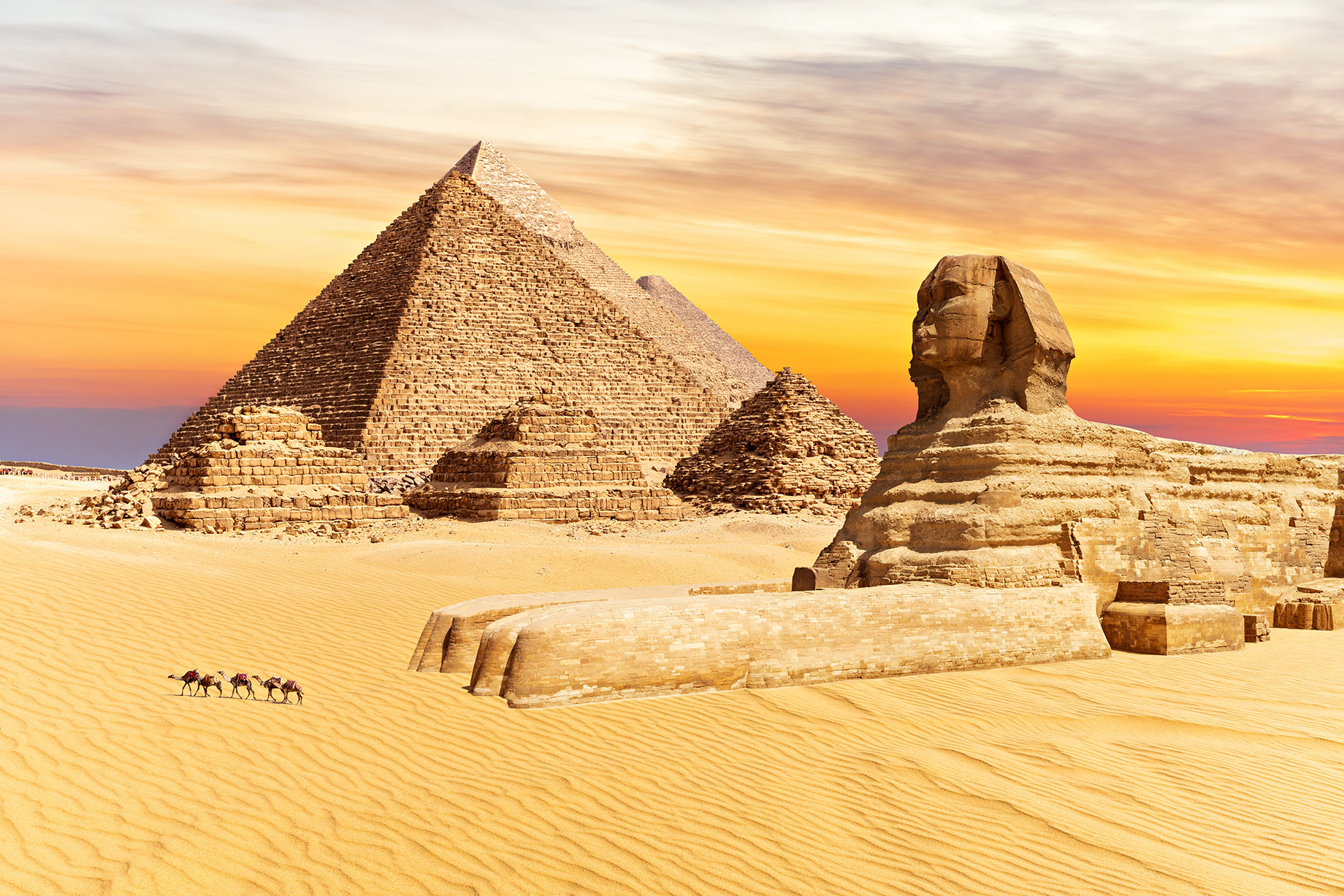
If you’re interested in learning more about the history and culture of the Pyramids of Giza, numerous guided tours are available. These tours are led by knowledgeable guides who will provide in-depth information about the pyramids and their significance. Moreover, they will also take you to some lesser-known areas of the site that you might otherwise overlook.
While at the site, don’t forget to take the time to absorb the atmosphere and marvel at the ingenuity and dedication of the people who built these astonishing structures thousands of years ago. Beyond the pyramids, the surrounding area offers additional opportunities for exploration and discovery, such as visiting the enigmatic Sphinx, experiencing a traditional camel ride, and uncovering the hidden gems of the desert landscape.
Experience the Desert Like a Local: Camel Rides
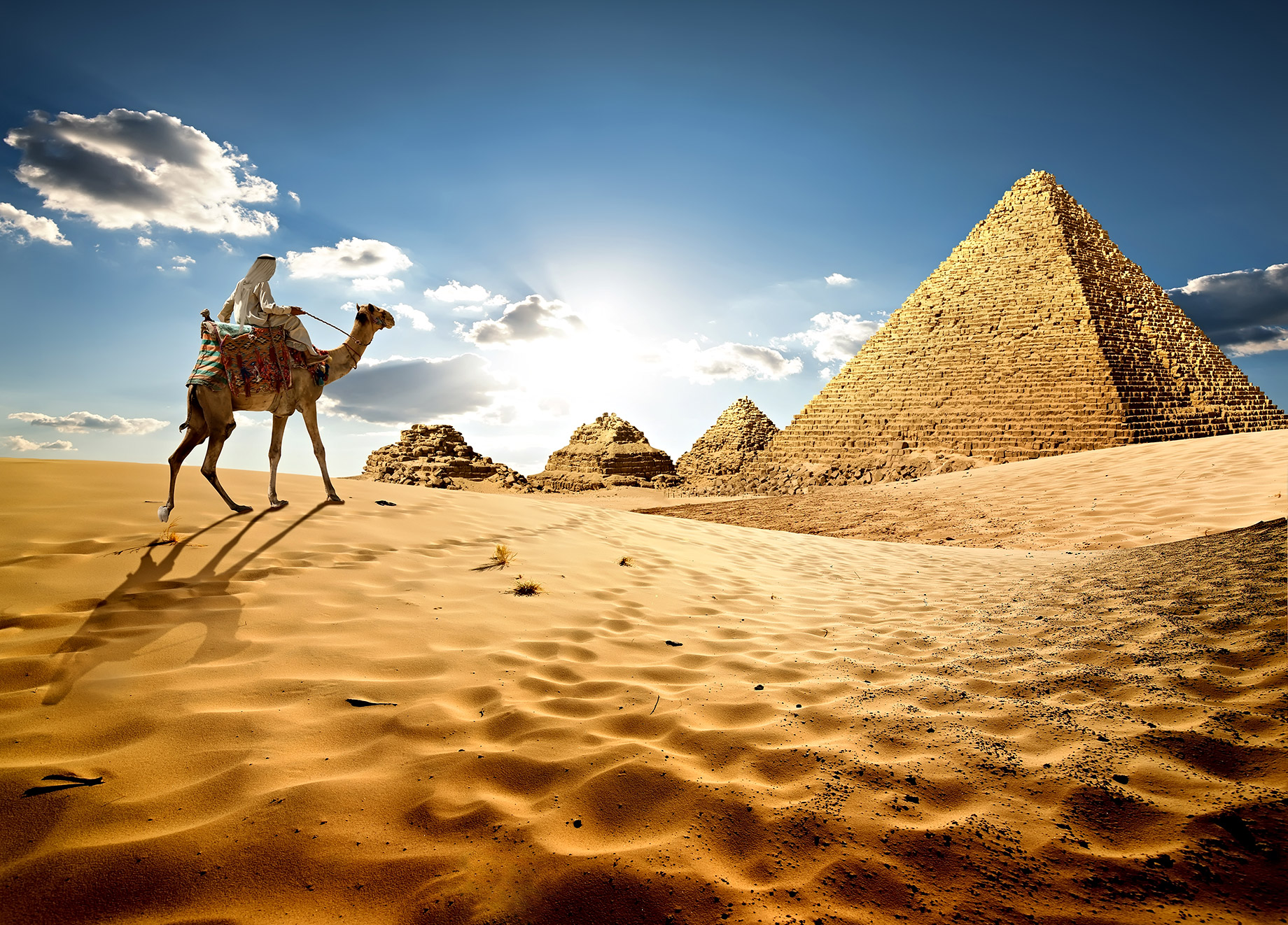
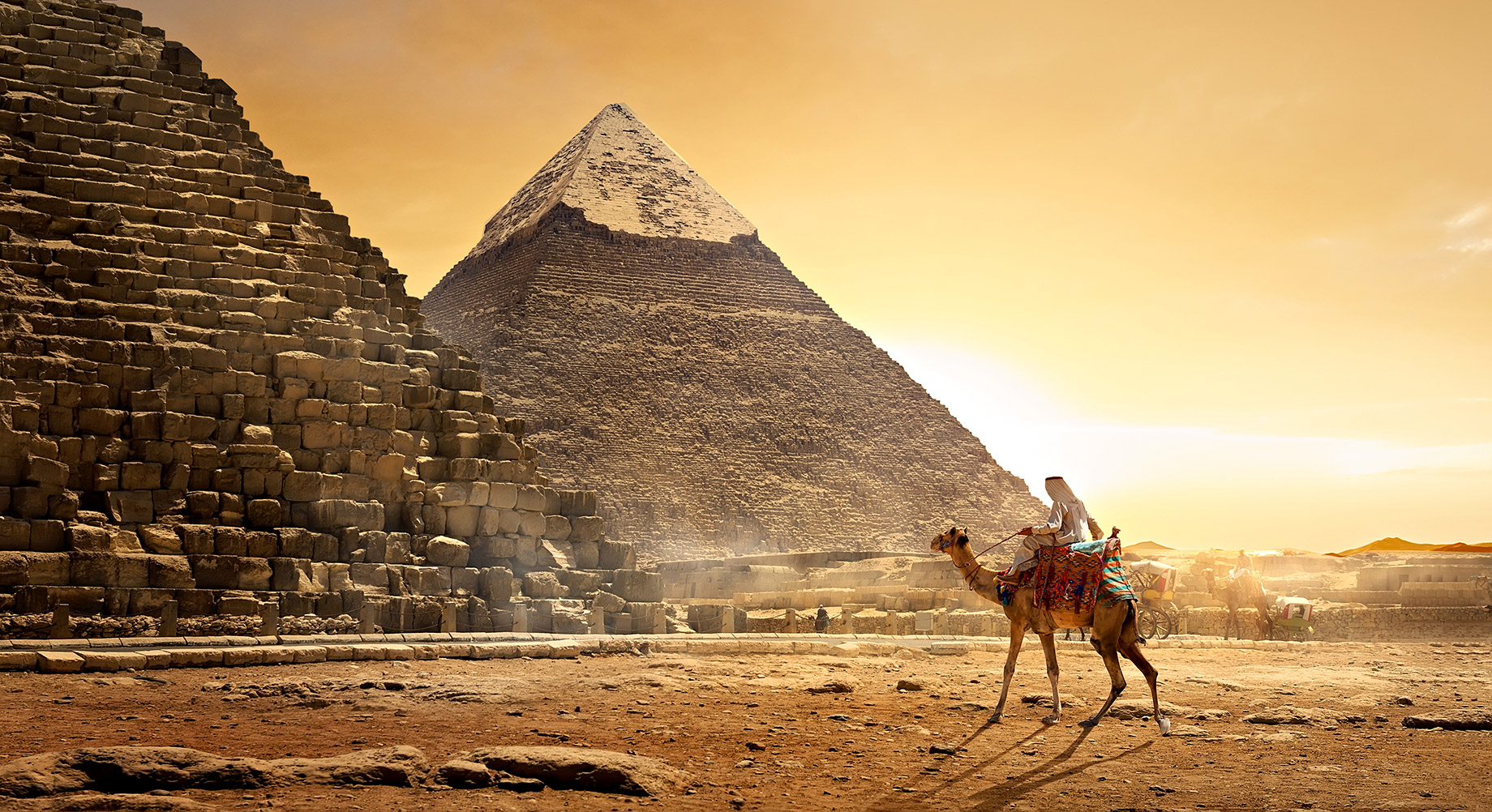
One of the most popular activities at the Pyramids of Giza is taking a camel ride, a traditional mode of transportation in the desert for thousands of years. Many camel riders offer tours of the surrounding desert, giving you a unique perspective on the less-visited parts of the region.
Sound and Light Show: The End
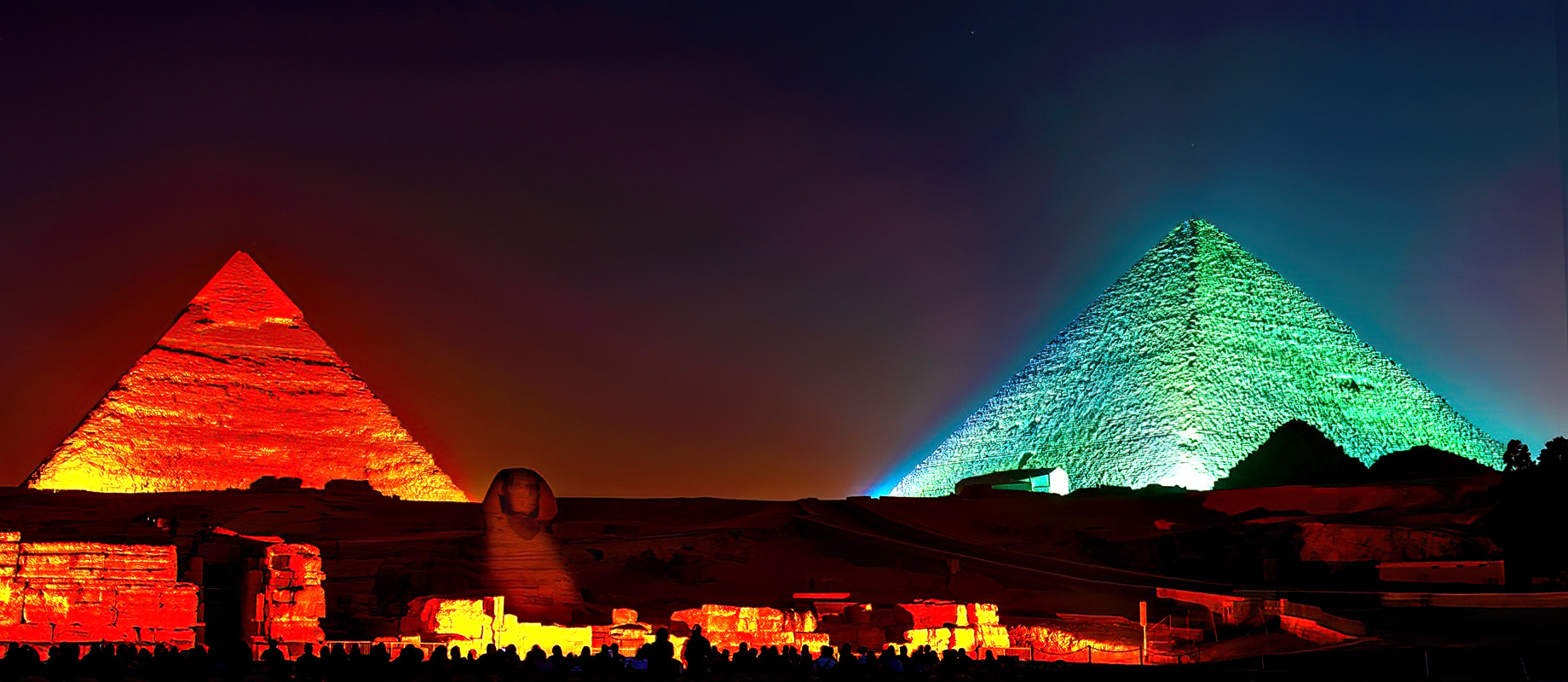
For a truly magical experience to cap off your night, consider attending the Sound and Light Show held at the Giza Plateau in the evening. This one-hour show features a mesmerizing display of lights and projections on the pyramids and the Sphinx, accompanied by a narrative telling the story of these ancient wonders. The show is available in multiple languages, and tickets can be purchased on-site or through tour operators.
Extending Your Trip
To further explore Egypt’s rich history and heritage, consider visiting other remarkable sites such as:
- Saqqara: Home to the Step Pyramid of Djoser, the first pyramid ever built, Saqqara is an important necropolis located about 30 kilometres (17 miles) south of Cairo.
- Dashur: Located around 40 kilometres (25 miles) south of Cairo, this archaeological site features the Bent Pyramid and the Red Pyramid, both built during the reign of Pharaoh Sneferu.
- The Egyptian Museum: Located in Cairo, this world-famous museum houses an impressive collection of ancient Egyptian artifacts, including the treasures of Tutankhamun.
Conclusion
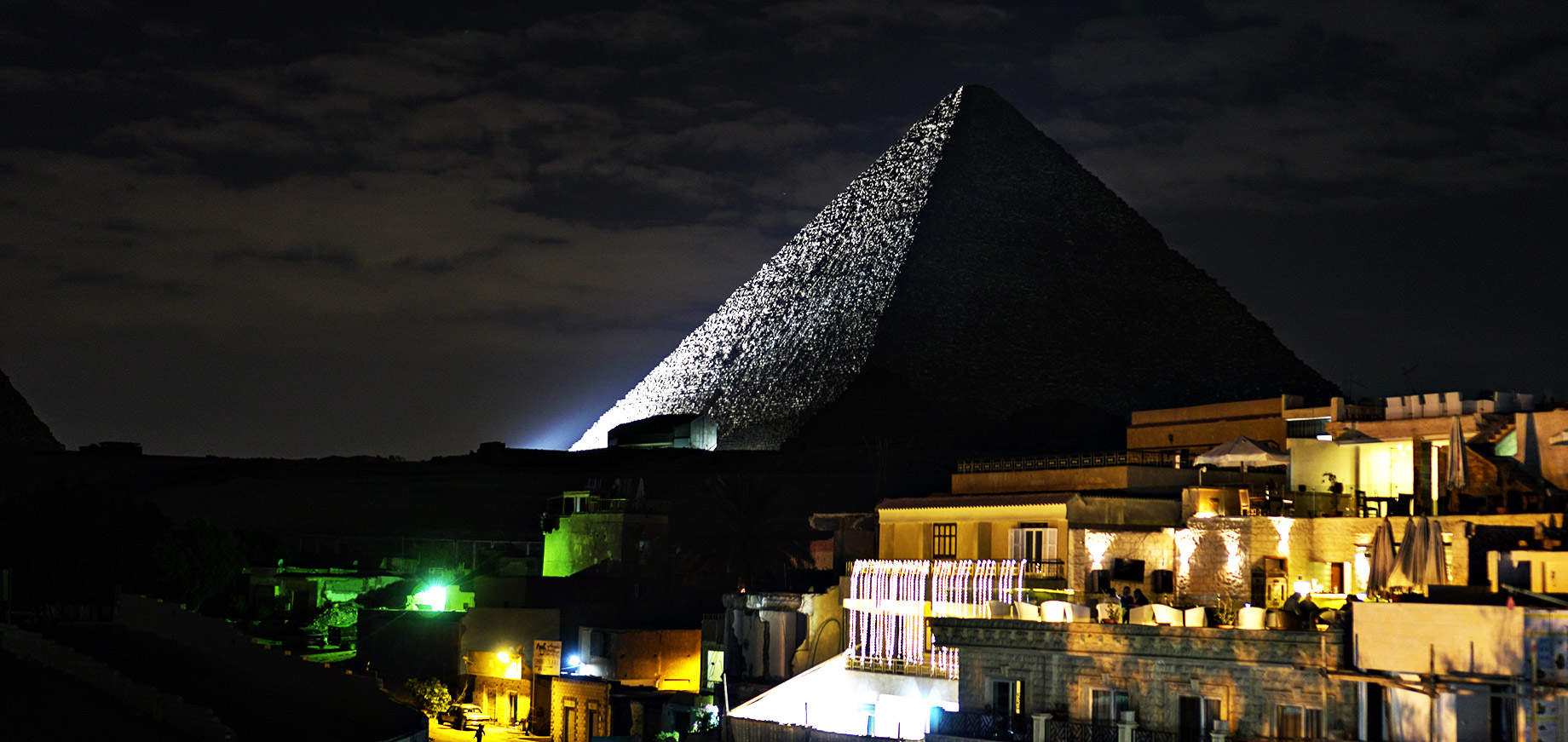
Ultimately, a visit to the Great Pyramids of Giza transcends a mere tourist attraction—it is an encounter with the enduring legacy of human achievement, a testament to the creativity and determination of our ancestors. As you stand in the shadow of these colossal monuments, you become part of a centuries-long tradition of travelers, explorers, and scholars, all seeking to unlock the mysteries and understand the allure of these magnificent structures.

